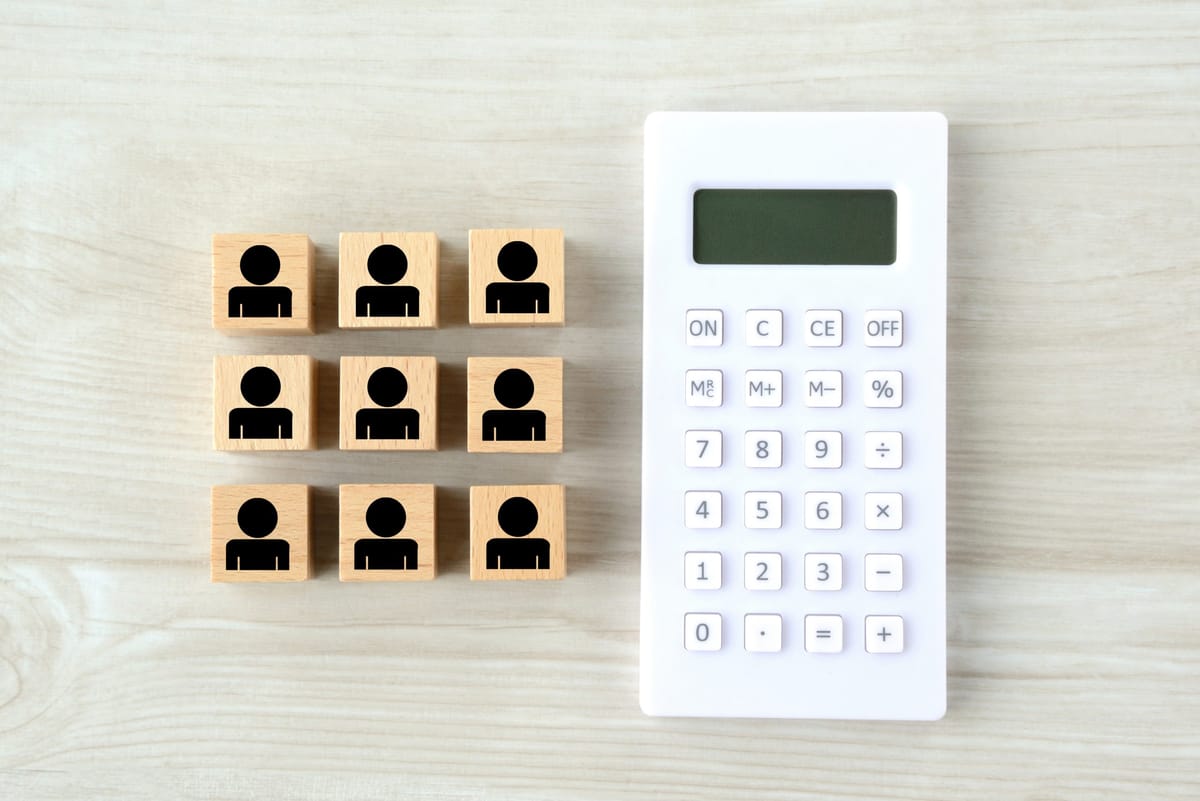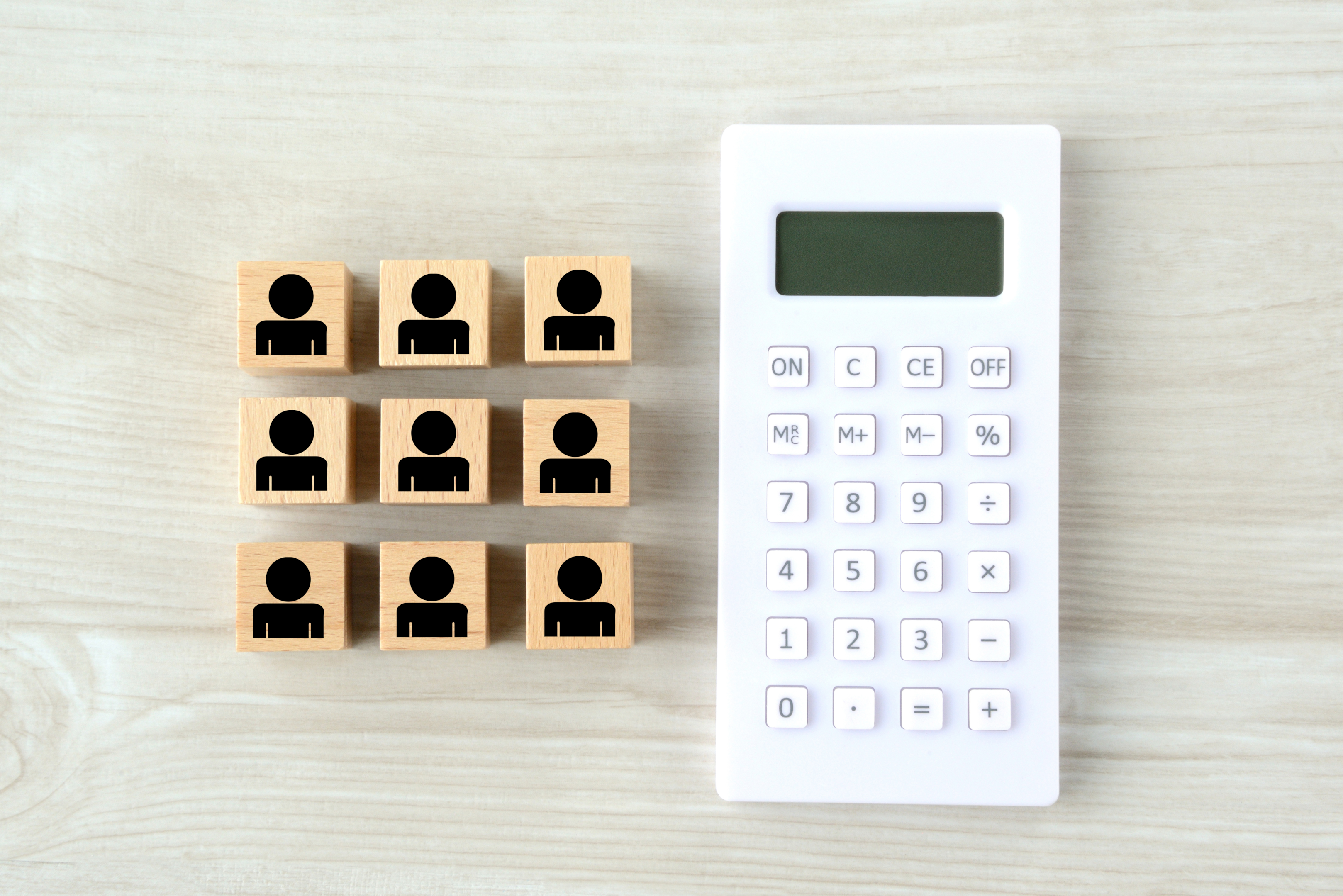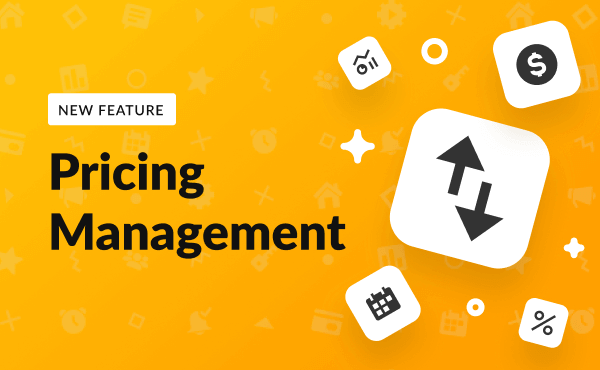What is Occupancy Cost?

Occupancy cost—in the context of short-term rentals—refers to costs related to maintaining and operating a rental property. This includes expenses like mortgage or rent payments, property taxes, insurance, utilities, cleaning fees, management fees, and maintenance costs.
The concept is important for property owners to consider because it directly impacts the profitability of the rental. A lower occupancy cost generally allows for more competitive pricing or higher profit margins, while ensuring the property remains attractive and well-maintained for guests.

Understanding Occupancy Costs
Occupancy costs can be divided into several categories:
- Base Rent: The basic monthly rent payable to the landlord for the property. It is often calculated per square foot, particularly in office buildings and retail spaces.
- Property Taxes: These are taxes paid by the owner of the commercial property, but are often passed onto the tenant in the lease agreement, depending on its terms.
- Utilities: The costs of services like electricity, gas, water, and waste management, essential for the property’s operation. The utilities cost may differ based on the type of property, whether it’s office space or a storage space.
- Maintenance and Repairs: Costs associated with keeping the property in good working order.
- Insurance: The costs of policies that protect against damage to the property or liability for injuries occurring on the property.
- Janitorial Services and Building Management: These costs include cleaning, landscaping, security, and other services necessary for the upkeep and operation of the building.
How Do You Calculate Occupancy Cost?
1. Identify All Components of Occupancy Costs
Before you start calculating occupancy costs, you need to have all of the necessary information. Occupancy costs typically include:
- Base Rent
- Property Taxes
- Utilities
- Maintenance and Repairs
- Insurance
- Janitorial Services
- Building Management
2. Gather Information for Each Cost Component
Collect data for each component of occupancy costs related to the property. This data is often found in the lease agreement, utility bills, tax bills, insurance policies, and invoices for services like janitorial and building management.
3. Calculate Each Component
Here’s how to calculate each component:
- Base Rent: Often calculated as a rate per square foot.
- Property Taxes: Usually a fixed amount or based on property valuation.
- Utilities: Sum of all monthly bills (electricity, water, gas).
- Maintenance and Repairs: Can be a fixed monthly estimate or actual annual cost divided by 12.
- Insurance: Monthly premium or annual premium divided by 12.
- Janitorial Services and Building Management: Fixed or variable fees typically agreed upon in the lease.
4. Add Up All Components
Sum all the individual components to find the total occupancy cost.
Total Occupancy Cost=
Base Rent
+Property Taxes
+Utilities
+Maintenance and Repairs
+Insurance
+Janitorial Services
+Building Management
Practical Example
Let’s assume a tenant rents a 3,000-square-foot retail space at a base rent of $15 per square foot per year.
Details:
- Base Rent: $15/sq ft/year × 3,000 sq ft = $45,000/year
- Property Taxes: $4,500/year
- Utilities: $2,400/year ($200/month)
- Maintenance and Repairs: $1,200/year ($100/month)
- Insurance: $1,800/year ($150/month)
- Janitorial Services: $600/year ($50/month)
- Building Management: $900/year ($75/month)
Explanation of Impact
Each component affects the total occupancy cost as follows:
- Base Rent: Generally the largest portion, determining the core cost of leasing the space.
- Property Taxes: Can vary significantly by location and affect financial planning.
- Utilities: Subject to usage and efficiency of the property; variable costs.
- Maintenance and Repairs: Essential for keeping the property functional and can prevent larger expenses later.
- Insurance: Protects against various risks, mandatory in many cases.
- Janitorial Services and Building Management: Essential for maintaining property value and operational standards.
Understanding each component’s impact helps in negotiating lease terms and managing business finances effectively.

Lease Types and Their Impact on Occupancy Cost
Lease agreements play a significant role in determining occupancy costs.
In a net lease, tenants typically pay for some or all of the property taxes, insurance, and maintenance costs on top of their base rent.
In contrast, gross leases include these costs in the monthly rent, simplifying the tenant’s financial obligations.
Benchmarking Healthy Occupancy Cost Percentage
The Healthy Occupancy Cost Percentage is a benchmark used in the commercial real estate industry to indicate what percentage of a business’s gross revenues should be spent on occupancy costs.
While this percentage can vary widely depending on the type of business and its location, a common rule of thumb in a competitive market is that a healthy occupancy cost percentage should not exceed 10% for an office tenant and 5-10% for a retail tenant.
These figures can be higher for anchor tenants or apparel tenants, due to their large footprints and prime locations.
What about the STR sector?
The financial dynamics in the STR market can differ greatly due to factors like location, type of property, local demand, and how efficiently it’s managed.
Managing and understanding occupancy costs is vital as these expenses significantly affect a rental’s profitability. In the STR industry, achieving a balance between competitive pricing and covering operational costs—such as cleaning, maintenance, utilities, and management—is crucial for financial success.
STR operators should consistently review their costs against their income and modify their pricing and operational tactics as needed. Employing dynamic pricing and revenue management tools can aid in optimizing occupancy rates and income by adjusting prices in response to market demand and conditions.
What is a Good Occupancy Cost Ratio?
In the STR market, a “good” occupancy cost ratio—the percentage of revenue from rentals that goes towards occupancy costs—isn’t universally fixed because it depends on many variables.
However, a commonly accepted guideline is that occupancy costs should ideally not exceed 35% to 45% of the gross rental income. This helps ensure that the property generates sufficient profit after covering all variable and fixed expenses.
Properties operating with occupancy costs below this range might be more profitable and have greater financial flexibility. Conversely, if the ratio is much higher, it could indicate potential inefficiencies in cost management or issues with pricing strategy, possibly making the investment less viable in competitive markets.
How to Interpret Occupancy Cost Ratio in your Short-Term Rental business
To interpret this ratio effectively, follow these steps:
- Calculate the Occupancy Cost Ratio: This is done by dividing the total occupancy costs (including expenses like mortgage or rent, property taxes, utilities, maintenance, and management fees) by the total revenue generated from the rental. The formula looks like this:
- Assess the Ratio: A lower occupancy cost ratio indicates that a smaller portion of your revenue is being consumed by the costs of maintaining the property, which generally suggests better profitability. Conversely, a higher ratio indicates that your costs are taking up a larger portion of your revenue, which might signal issues such as overpricing, inefficient operations, or high maintenance expenses.
- Benchmark Against Industry Standards: Comparing your occupancy cost ratio with industry averages or with similar properties in your area can help you gauge how well you are managing costs. If your ratio is significantly higher, it may be time to look for ways to reduce costs or increase revenue.
- Use the Ratio for Strategic Decisions: The occupancy cost ratio can inform decisions on pricing, marketing, and property improvements. For instance, if your ratio is low, you might have room to competitively adjust your pricing to increase occupancy without sacrificing profitability.
- Monitor Changes Over Time: Regular monitoring of this ratio is important as it can help you catch cost increases early, evaluate the effectiveness of cost-saving measures, and adjust strategies to enhance profitability.
By understanding and actively managing your occupancy cost ratio, you can make more informed decisions that enhance the financial health and competitiveness of your STR business. This approach allows you to balance guest satisfaction with operational efficiency and profitability.

Implications for Stakeholders
Understanding occupancy costs is vital for stakeholders in the short-term rental (STR) market, including real estate investors, property managers, and landlords. These costs directly influence pricing strategies and profit margins.
In the STR market, managing these costs effectively is crucial because it ensures properties are competitively priced to attract guests while still generating a profit.
For landlords and investors, accurate tracking and management of occupancy costs are essential to maintaining the financial health of their real estate investments and ensuring sustained revenue generation.
What is an “Anchor Tenant”?
While researching occupancy costs, you may have come across the term “anchor tenant”.
In the traditional sense of commercial real estate, an “anchor tenant” refers to a major tenant that draws customers to the property, typically in malls or large shopping centers. Since short-term rental properties, such as vacation homes, apartments, or rooms, do not depend on long-term tenant leases or the existence of a major tenant to draw in other renters, this notion does not immediately apply to the STR market.
On the other hand, if we loosely use the phrase for the STR context, it might allude to a long-term or repeat visitor who consistently makes reservations for a property, so offering a steady and consistent stream of income. In the STR market, this type of visitor can be very beneficial as they contribute to more stable revenue and occupancy rates.
Special Considerations in Short-term Rentals
Occupancy cost pertains to the short-term and vacation rental industry as well, although the components of these costs may differ somewhat from those in the commercial real estate sector.
In the context of short-term or vacation rentals, occupancy cost typically include the following:
- Mortgage or Lease Payments: If the property is not owned outright, payments need to be made on a regular basis, much like rent in a commercial lease.
- Property Taxes: Local governments usually assess these taxes based on the value of the property.
- Insurance: This includes homeowner’s insurance, but it might also include additional coverage specific to short-term rentals.
- Utilities: This can include costs like water, electricity, gas, internet, and cable TV, which are often included in the rental price in vacation properties.
- Maintenance and Repairs: These costs cover regular upkeep, cleaning between guest stays, and any necessary repairs or replacements.
- Marketing and Booking Fees: These could include costs associated with listing the property on rental platforms, professional photography, and any commissions or fees charged by the platforms.
- Management Fees: If the property owner uses a property management company or a service to manage the rentals, their fees would be part of the occupancy cost.
- Regulatory Costs: In some areas, short-term rentals might require special licenses or permits, and there may be local taxes specific to short-term rentals.
Just like in commercial real estate, understanding and managing occupancy costs is key to running a profitable short-term or vacation rental business.
These costs need to be factored into the rental price to ensure that the business is financially viable. The balance between occupancy rates (the proportion of time that the property is rented) and the rental price is crucial in this regard.
Free Rent and Occupancy Cost
In some lease agreements, landlords may offer “free rent” periods, typically at the beginning of the lease term. This can effectively lower the tenant’s total occupancy costs, particularly in the initial years of the lease.
Tools and Resources for Managing Occupancy Costs
The right tools can really make a difference. Here are a few of our recommendations to manage your occupancy costs.
iGMS
Our very own channel manager that integrates directly with Airbnb, Vrbo, and Booking.com. It features tools for syncing calendars, automating messages and reviews, and managing cleaning teams. Pricing starts at $14 per listing per month.
AirDNA
AirDNA provides data insights on pricing, occupancy rates, and local competition, which can be crucial for strategic decisions in rental management.
Mashvisor
Similar to AirDNA, Mashvisor serves real estate investors by providing performance data for properties, helping with decisions about where to invest rather than managing existing properties
Beyond Pricing
This is a dynamic pricing tool that analyzes market data daily to optimize pricing and maximize revenue. It integrates with popular property management systems and offers a pricing model based on 1-1.25% of total revenue with a 30-day free trial available.
PriceLabs
PriceLabs provides data-driven pricing recommendations considering market demand, seasonality, and events. It connects directly to over 30 property management systems and channel managers.
Rabbu
Rabbu offers a free Airbnb calculator tool to project potential earnings and a comprehensive platform for managing short-term rentals for a monthly fee.

Final Thoughts
Calculating occupancy costs and just knowing how it works is a necessity.
iGMS offers a seamless vacation rental management solution that is easily accessible. Its user-friendly interface efficiently manages bookings, guest communications, and team responsibilities.
Whether you are a single host or part of a large company, iGMS can revolutionize your rental operations and enhance the overall guest experience. Discover the unique advantages of iGMS today.





![Your Monthly iGMS Roundup [February 2020]](/content/images/size/w600/wordpress/2020/02/igms-roundup-feb-2020-cover.png)

